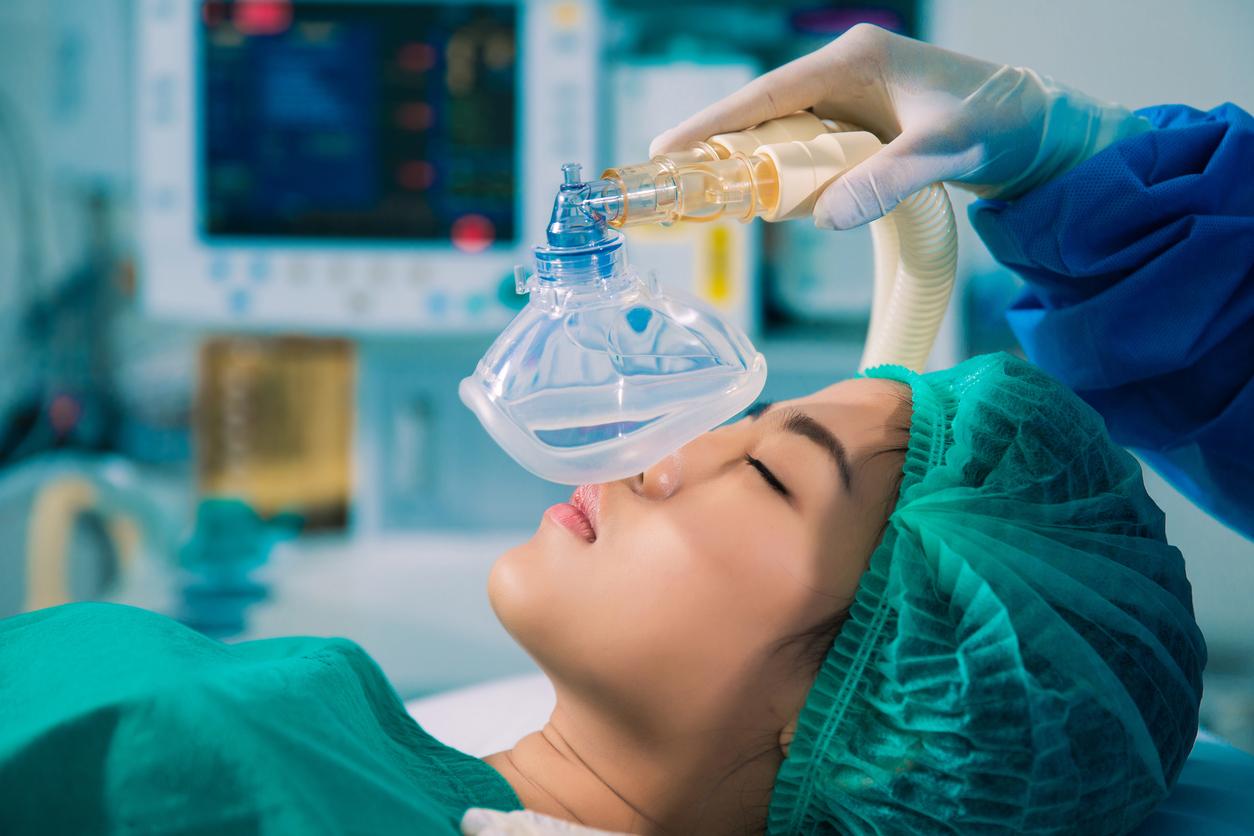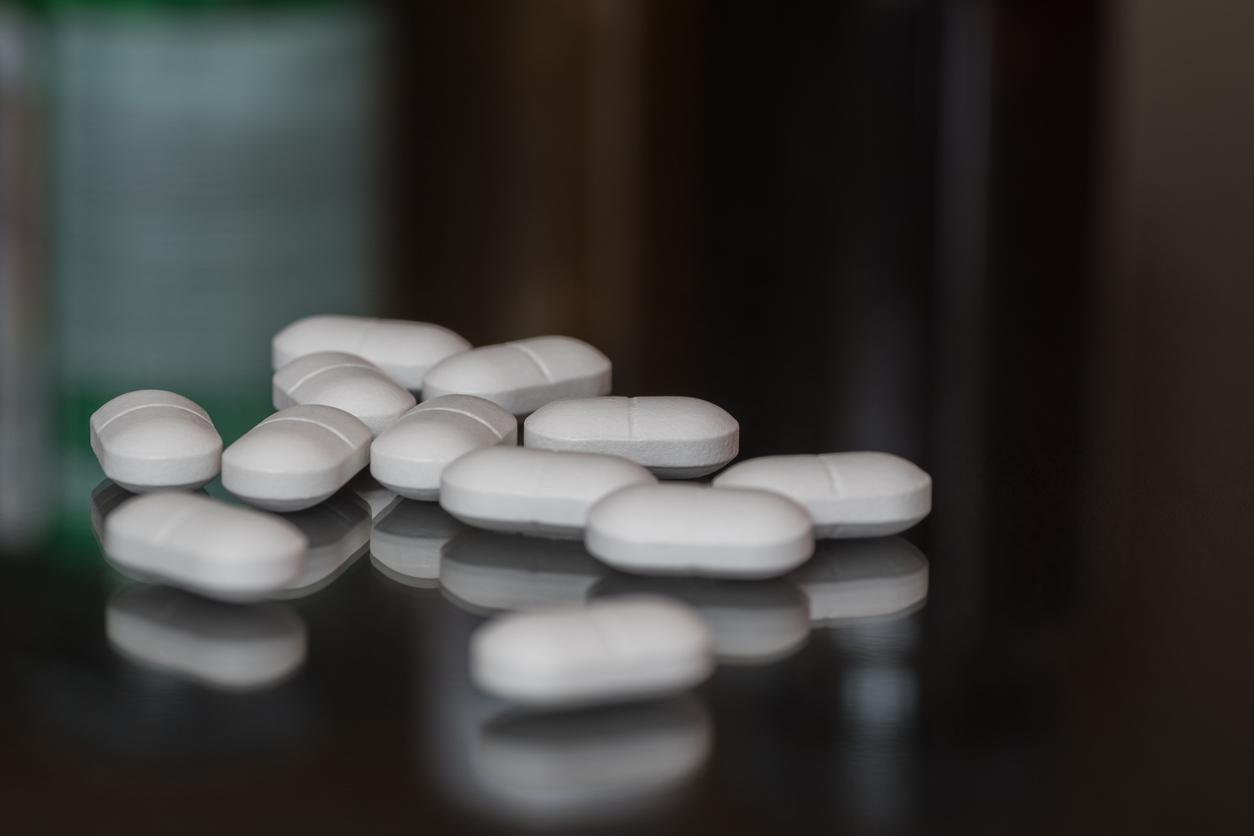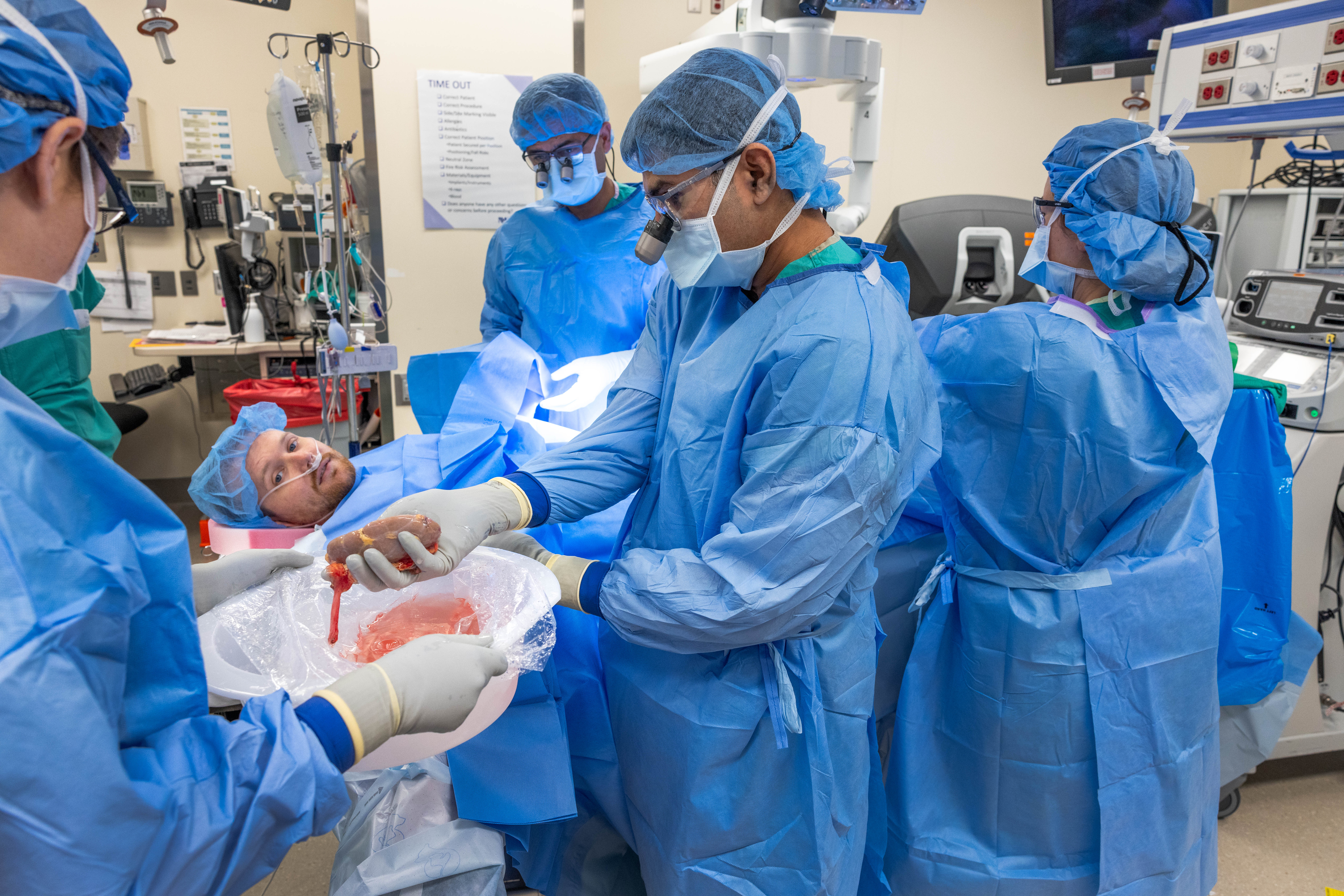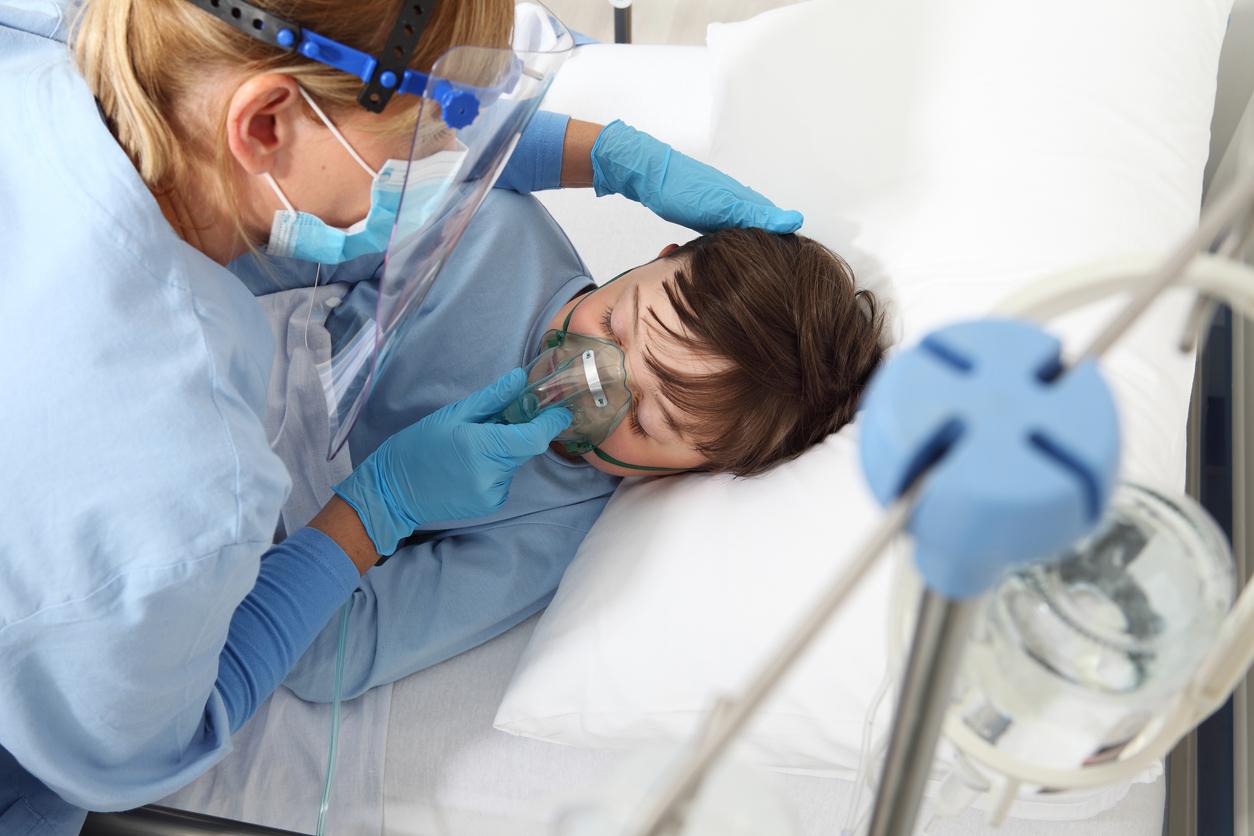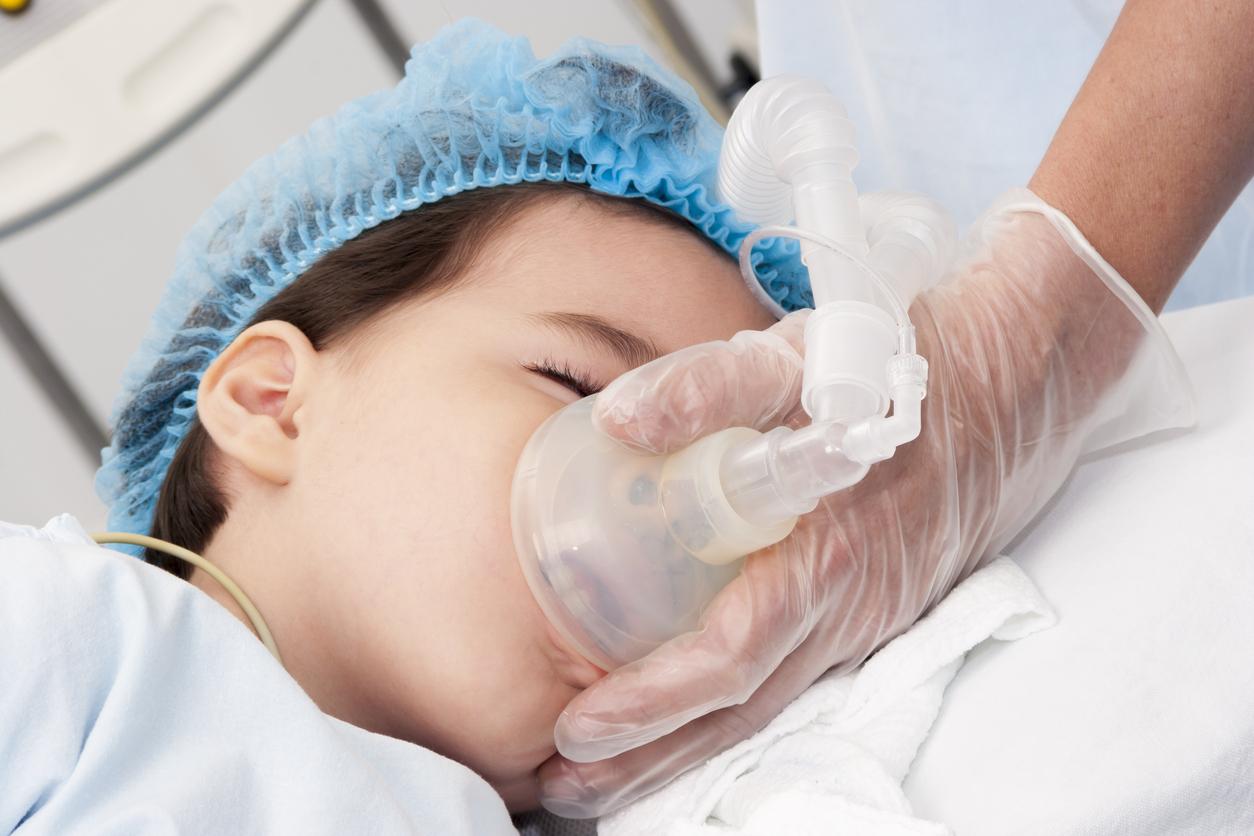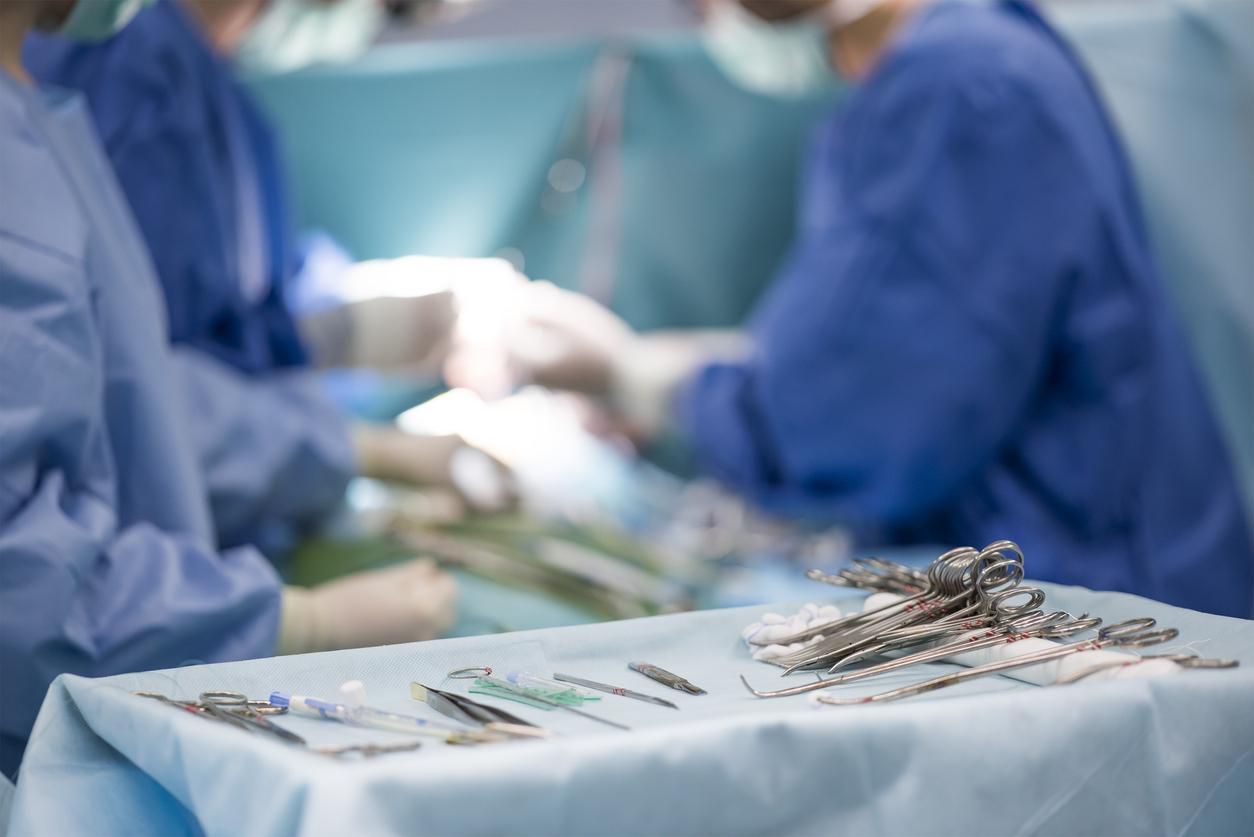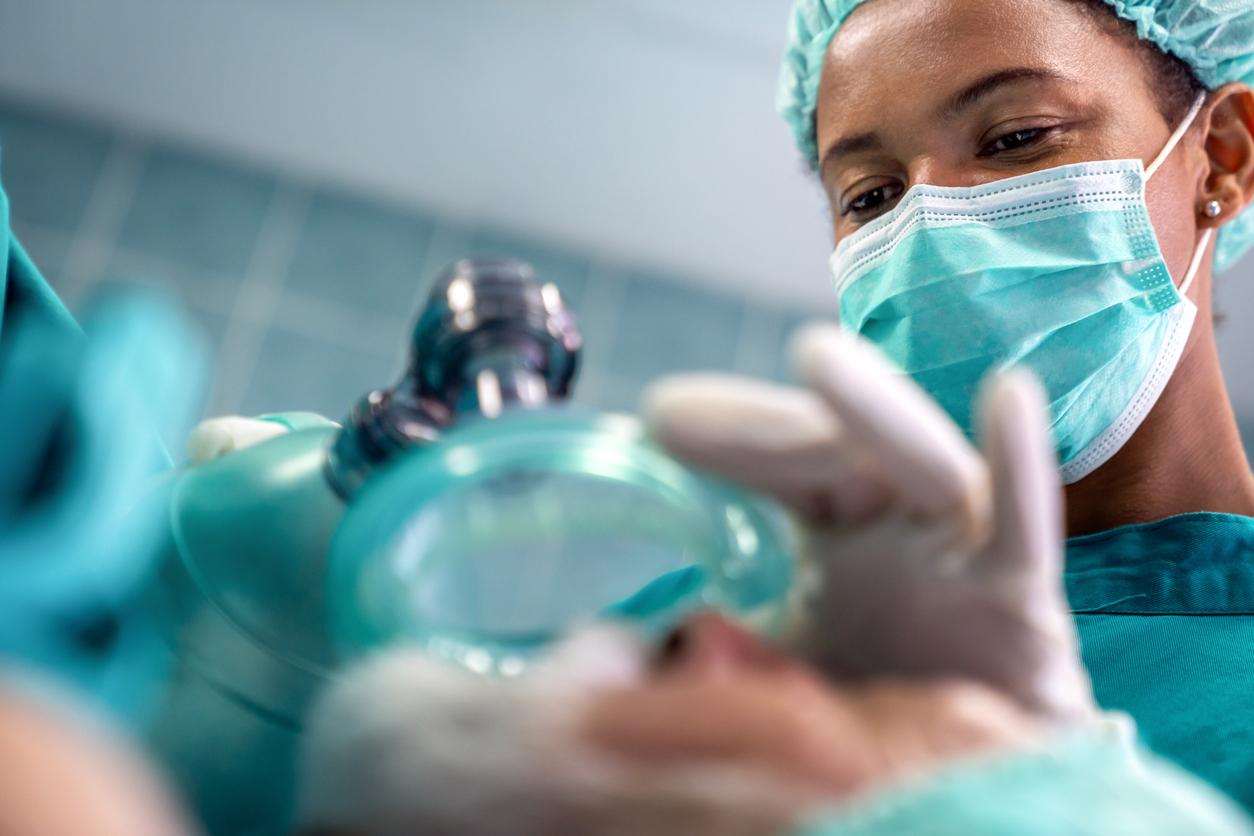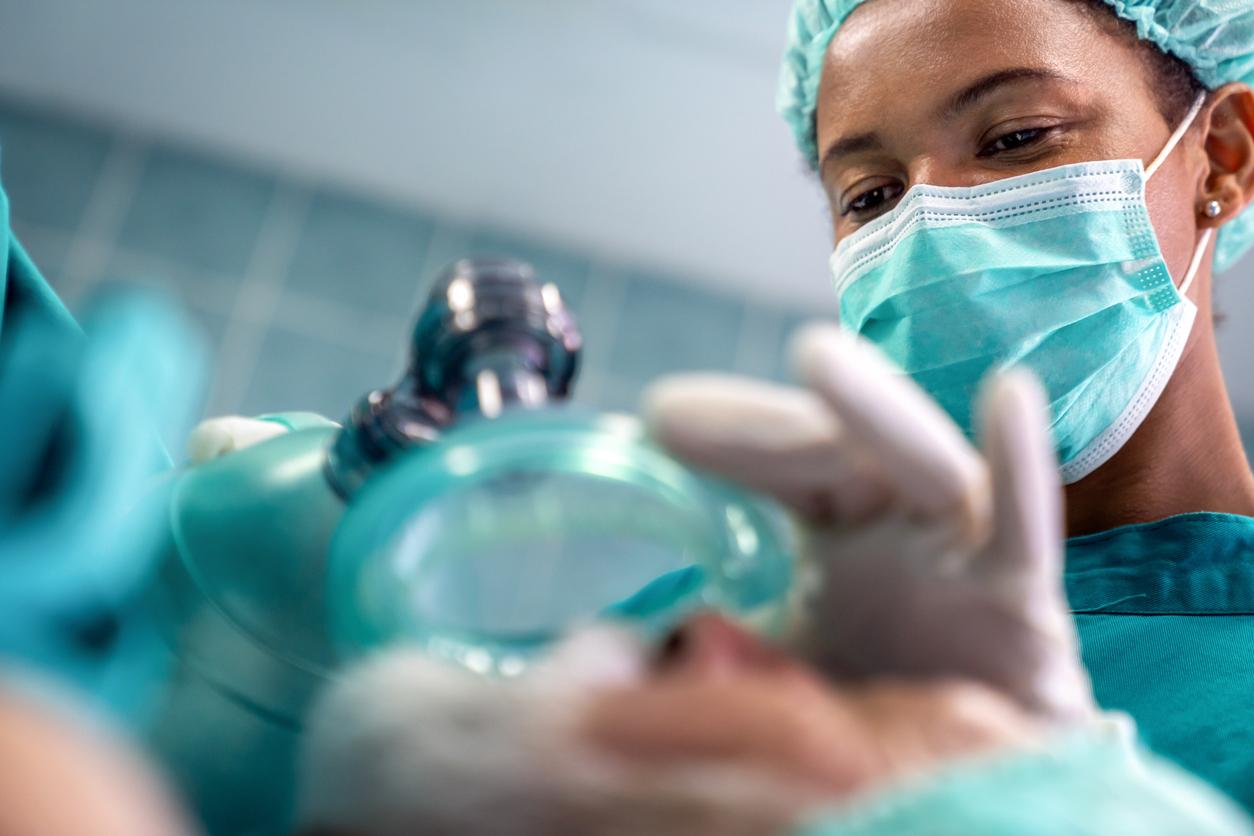Soon, the Lille University Hospital will be equipped with an automatic dispenser of anesthetic products, which will make it possible to deliver more or less strong doses of anesthetic during a surgical intervention.
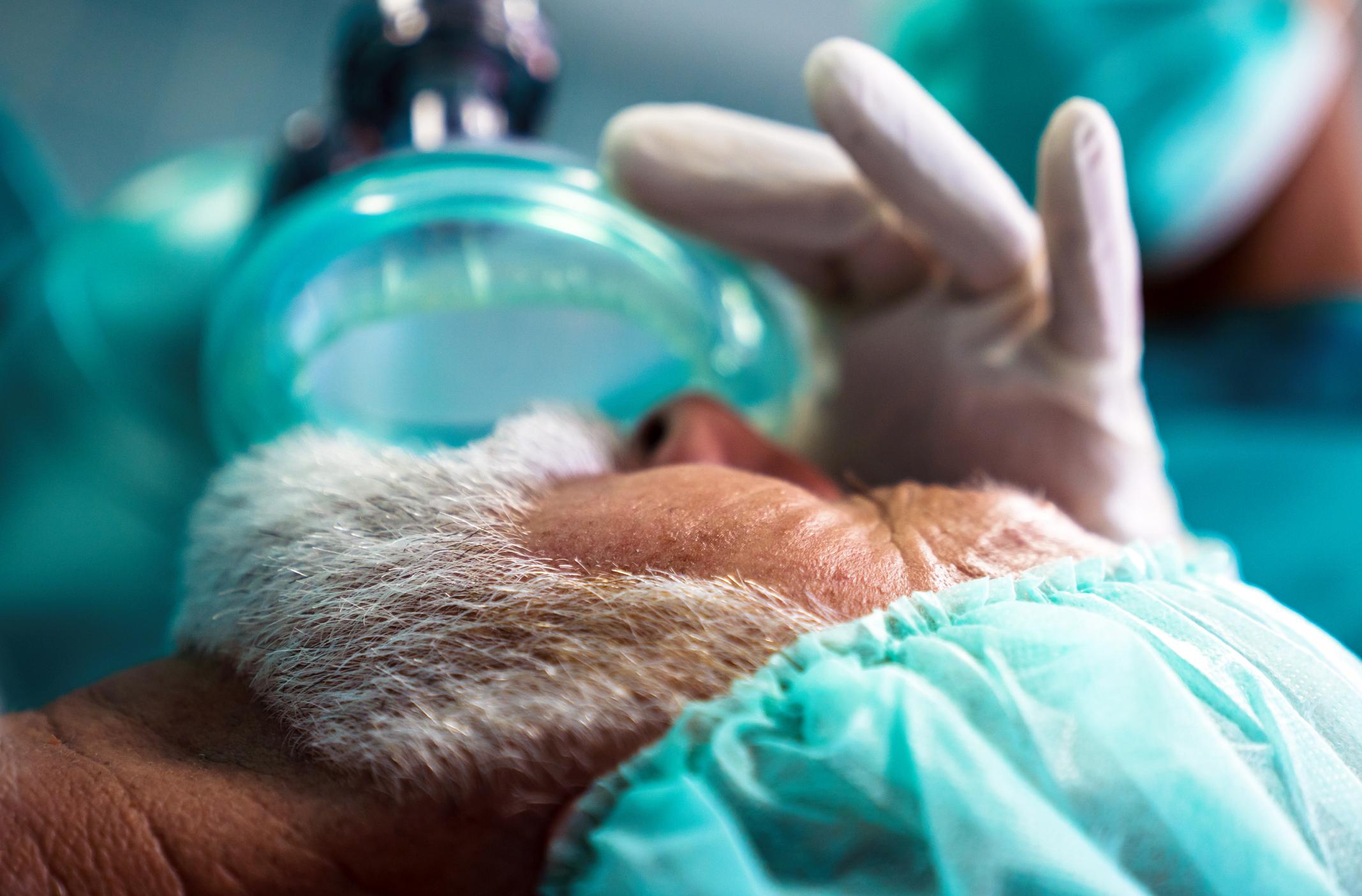
- An anesthetist-resuscitator has several missions pre-operatively, during surgery and post-operatively.
- The Lille University Hospital and the start-up MDoloris have developed an automatic anesthesia dispenser.
- This device consists in better adapting the doses of anesthesia during a surgical operation.
Within the framework of his profession, an anesthetist-resuscitator has three fields of action: he prepares the management of the course of anesthesia of a patient in preoperative, he carries out the monitoring during the operation in order to deal quickly complications (hemorrhages, allergies, anaphylactic shock) and takes care of peri-operative medicine (awakening and pain management).
Better administration of anesthesia doses
Associated with the start-up MDoloris, the Lille University Hospital has recently developed a world breakthrough: an automatic dispenser for anesthetic products. Depending on the surgical procedures performed, the pain may be more or less intense. This device would therefore make it possible to better adapt the doses of anesthetic administered during a surgical operation. The anesthesiologist could also fully devote himself to monitoring the vital signs of the patients.
Automatic anesthesia dispenser: market launch planned by the end of 2024
In an interview given to European 1 August 4, 2023, Doctor Mathieu Jeanne, head of service at the anesthesia and resuscitation center at the burn treatment center at the Lille University Hospital, described the operation of the automatic anesthetic dispenser. “When you have surgery that causes a lot of pain in the body, it’s good to have a device that administers a high dose. And, on the other hand, at some point in the surgery, it’s much less painful At this time, it is good not to administer a drug that the body does not need.The automatic device does it without making mistakes, where the anesthesiologist needs constant vigilance. “he explained.
According to the Lille University Hospital, the vending machine should be on the market by the end of 2024, or at the latest, at the beginning of 2025.








